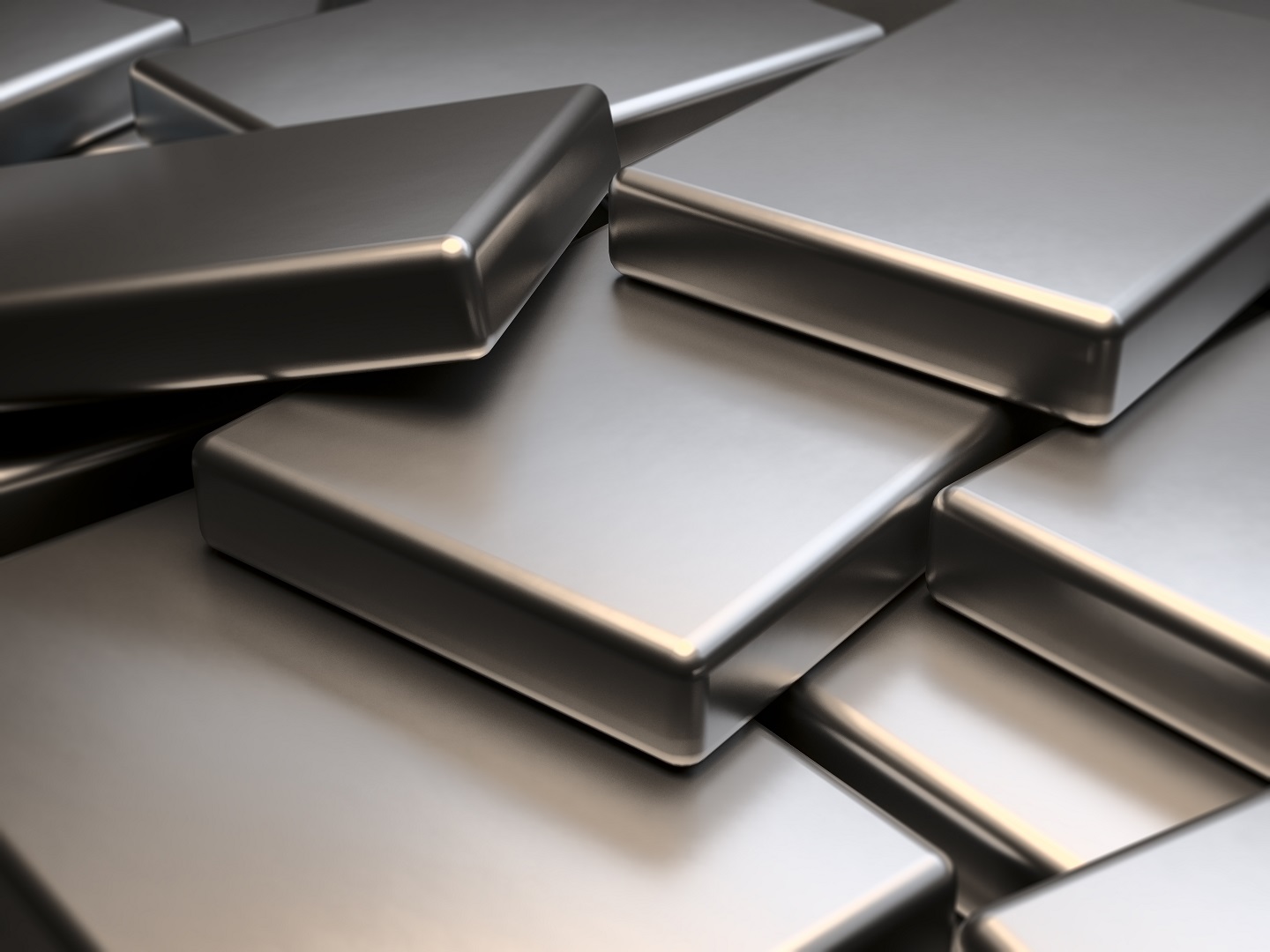The group of magnetic materials at Fraunhofer IWKS operates a pilot production line for the manufacturing and recycling of Nd-Fe-B permanent magnets. With the available facilities magnets out of new alloys with improved properties can be produced and tested. Since rare earth materials are highly susceptible to oxidation the whole production is performed under inert gas or vacuum.
Pilot production line for magnets
Tabbed contents
Sintered magnets
Sintered Nd-Fe-B magnets have a market share of more than 85 % of the total Nd-Fe-B market. The powder metallurgical production route has the advantage over other routes that simple geometries are producible in wide ranges concerning their dimensions. The pilot line is designed for the production of up to 10 kg magnetic material per run. Combined with the available analytic methods the control of chemical composition, microstructure and physical properties is possible throughout the entire production process.
To get the desired microstructure the alloy is molten inductively in the strip caster and poured onto a copper wheel. The flakes obtained by this process are decrepitated in a hydrogen autoclave and subsequently milled in a jet or target mill to fine powders with particle sizes in the range of a few micrometers. The powder is aligned and pressed in transversal magnetic field in a uniaxial press. The green compact is sintered in a sintering furnace and subjected to a final annealing for optimization of magnetic properties.
Nanocrystalline magnets
Hot deformed nanocrystalline magnets have only a market share of below 5 %, but they have the advantage of possible near net shape production. The mechanical pressure during production forces the material to take the shape of the die without showing sintering shrinkage. With the available devices hot deformed magnets in the range of several 100 g per experimental series can be produced.
For the production of hot deformed nanocrystalline magnets the material is inductively molten and spun onto a copper wheel in a melt spinner. Through the rapid solidification at high cooling rates the obtained flakes have a nanocrystalline structure. The flakes are milled to coarse powders in a ball mill and the powder is hot pressed and subsequently hot deformed to permanent magnets. Through the coarse grains and the special alloy composition the melt spun powders are far less susceptible to oxidation than the fine powders for the production of sintered magnets. The production of hot deformed magnets in air is therefore feasible.
